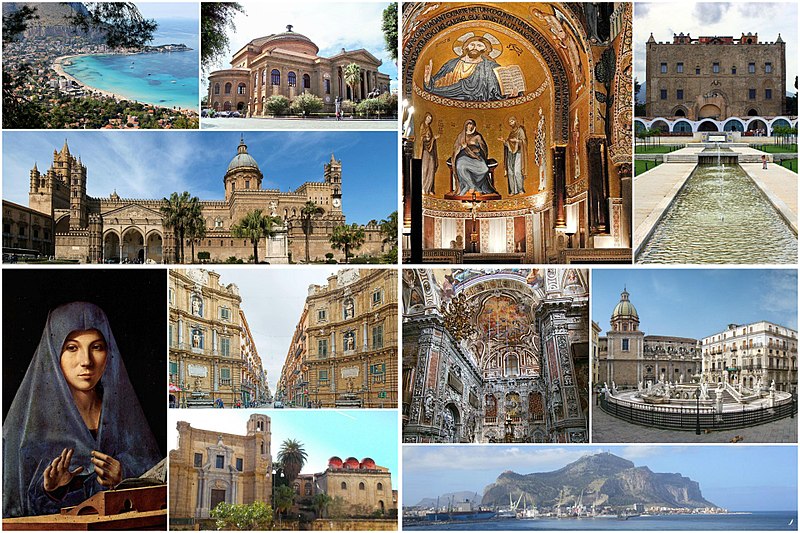 Wikipedia
Wikipedia
Italy‘s southernmost region and largest island (as well as the largest in the entire Mediterranean Sea) is steeped in history and legend, and is a particular favorite of European holidaymakers for its myriad glorious beaches. But for those fascinated by history, along with culture and scrumptious dining, its larger cities are irresistible – cities like Catania and especially its capital, beautiful Palermo.
With a population of some 668,000 and a sometimes tumultuous history stretching back an eye-popping 2,753 years, when it was founded on the island’s northwest coast by the ancient Phoenicians, this many-layered city is packed with stupendous architecture and works of art reflecting virtually every era of Western civilisation.
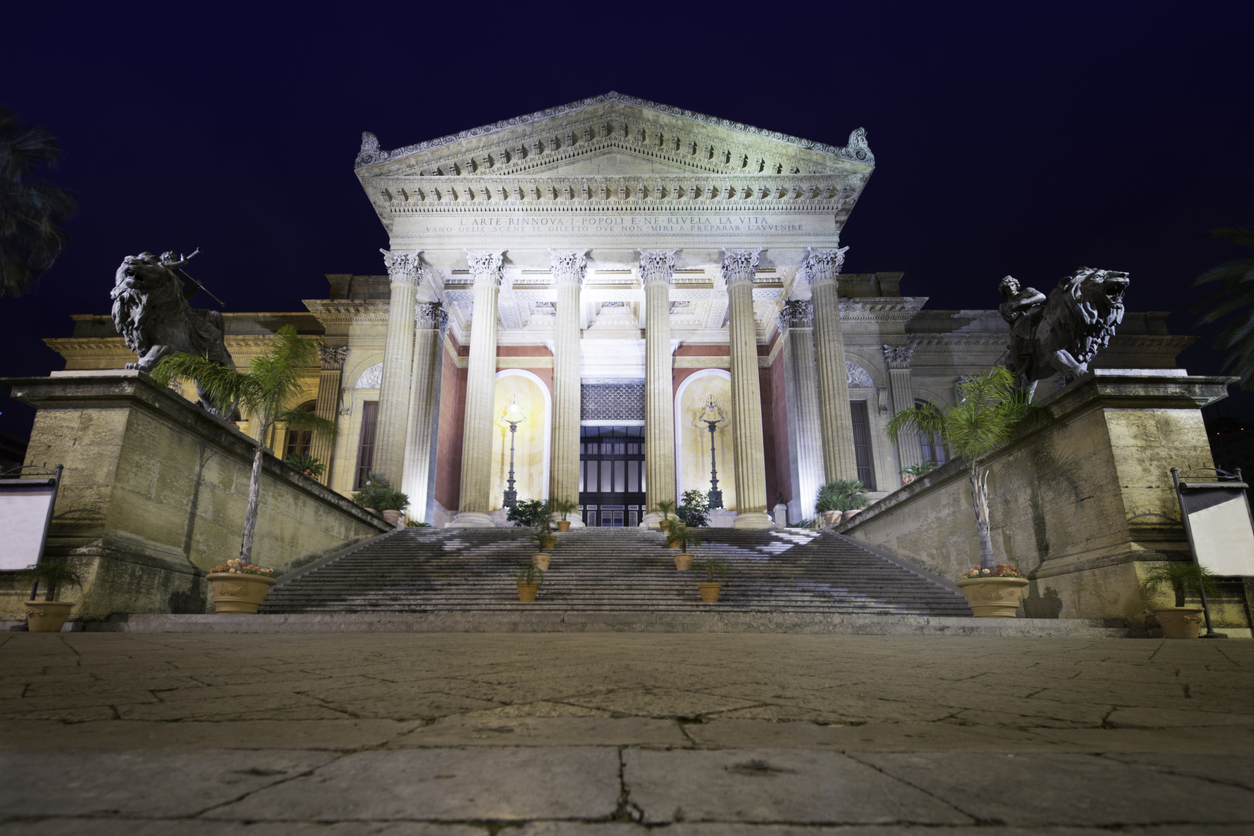 fauk74
fauk74
Some premier landmarks include the 12th-century Church of La Martorana (more formally but less catchily known as the Concattedrale Santa Maria dell’Ammiraglio, in English Co-Cathedral of St. Mary of the Admiral), with a Baroque façade but Byzantine inside, and even including some Islamic elements; it’s also fascinating in that it serves the local Italo-Albanian community, with Byzantine Catholic rites in Greek. Another is Europe’s second largest opera house, the neoclassical Teatro Massimo (above), inaugurated in 1897, which has hosted some of opera’s marquee names and provides a magnificent cultural experience during your stay; the 2019 season opens 19 September with Giuseppe Verdi‘s La Traviata (and if you’ve seen The Godfather Part III, you may recognise the theatre as the setting of the movie’s grand finale). And by the way amid all the Baroque and neoclassical you’ll also find scattered some prime examples of late-19th- and early-20th-century Art Nouveau (which in Italy is called Liberty).
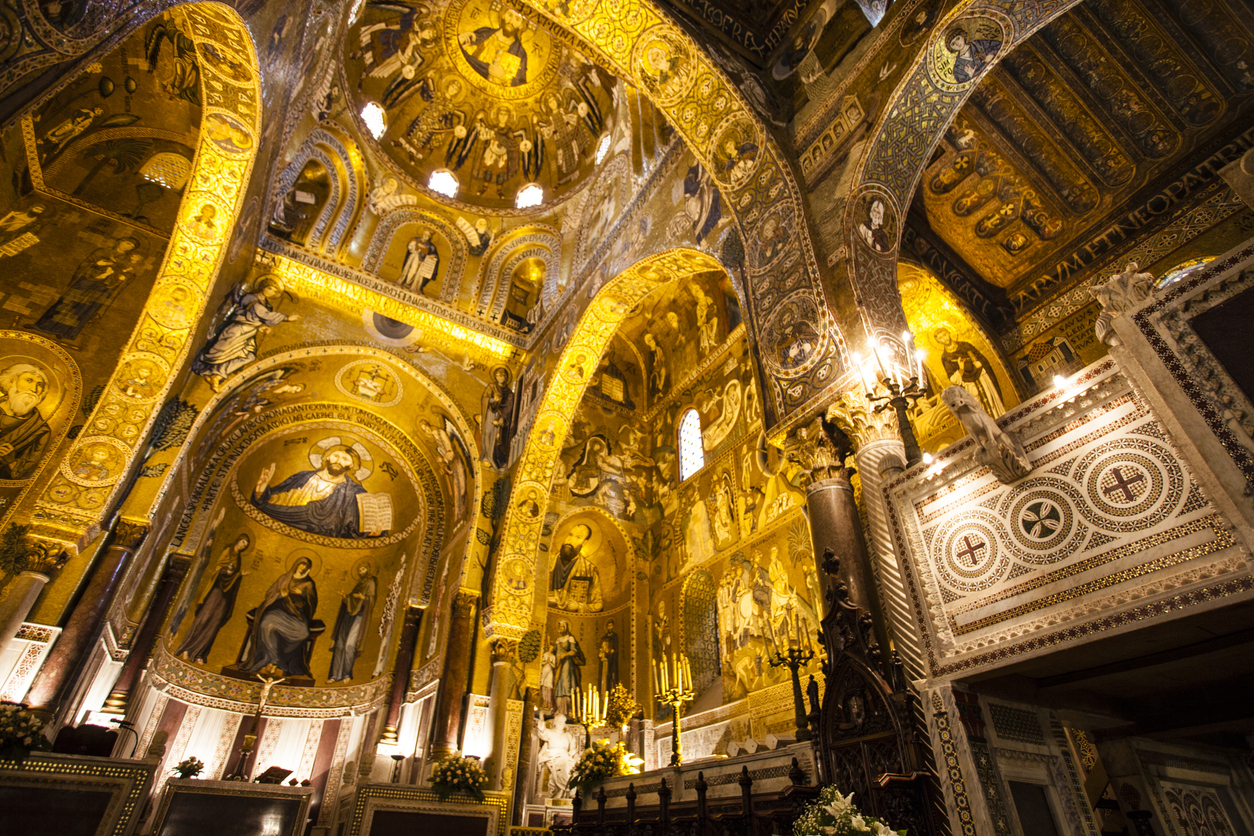 wideworldphotoweb
wideworldphotoweb
Yet others include the cathedral, completed in the 18th century as a mix of Gothic, Baroque, and neoclassical with Moorish touches, and the lovely, 400-hectare (990-acre) Parco della Favorita, its star the Palazzina Cinese, a beautiful 17th-century royal pavillion mixing Baroque with Chinese (cinese), Egyptian, and Islamic elements. For many the most impressive of all is the Palazzo dei Normanni, a UNESCO World Heritage Site originally built by the Muslim emirs who ruled Sicily from 831 to 1091. Overhauled in Gothic style by the Norman (Normanni) rulers who ousted the emirs, today it’s home to Sicily’s regional assembly and and astronomical observatory, as well as being open to visitors; the most eye-popping bit people come to see is the Capella Palatina (above), a gilded, early-12th-century chapel that’s the island’s top example of its unique Arab/Norman/Byzantine style.
 José Luis Bernardes Ribeiro
José Luis Bernardes Ribeiro
Beyond all that, one of Palermo’s most fascinating neighbourhoods is La Kalsa, also dating back to the 9th-century Emirate of Siquilliya, when it was built as Al-Khalesa. This highly atmospheric mediaeval affair full of marked Arab influences and has in recent years seen a revitalisation, with churches and palaces as well as dozens of art galleries and restaurants. Must visits here include the late-15th-century Palazzo Abatellis, built in Catalan Gothic style (at one point, Sicily was ruled by the Kingdom of Aragón, of which Catalonia was a part). Today it’s home to a fine, 16-room museum of Sicilian art; of particular note is The Triumph of Death (above), a magnificent late-Gothic fresco which by the way appears in Wim Wenders‘ 2008 film Palermo Shooting.
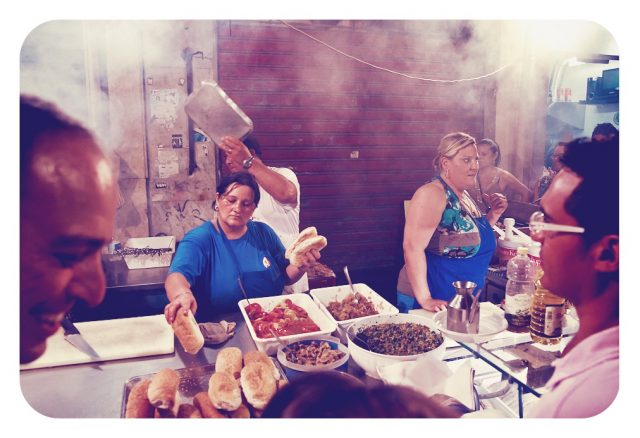 Montecruz Foto
Montecruz Foto
Amid your perambulations around Kalsa, be sure to sample local specialities, especially of the fried variety: chickpea-flour panelle; arancini rice balls stuffed with cheese and tomato sauce; and crocchè, made of mashed potato and egg.
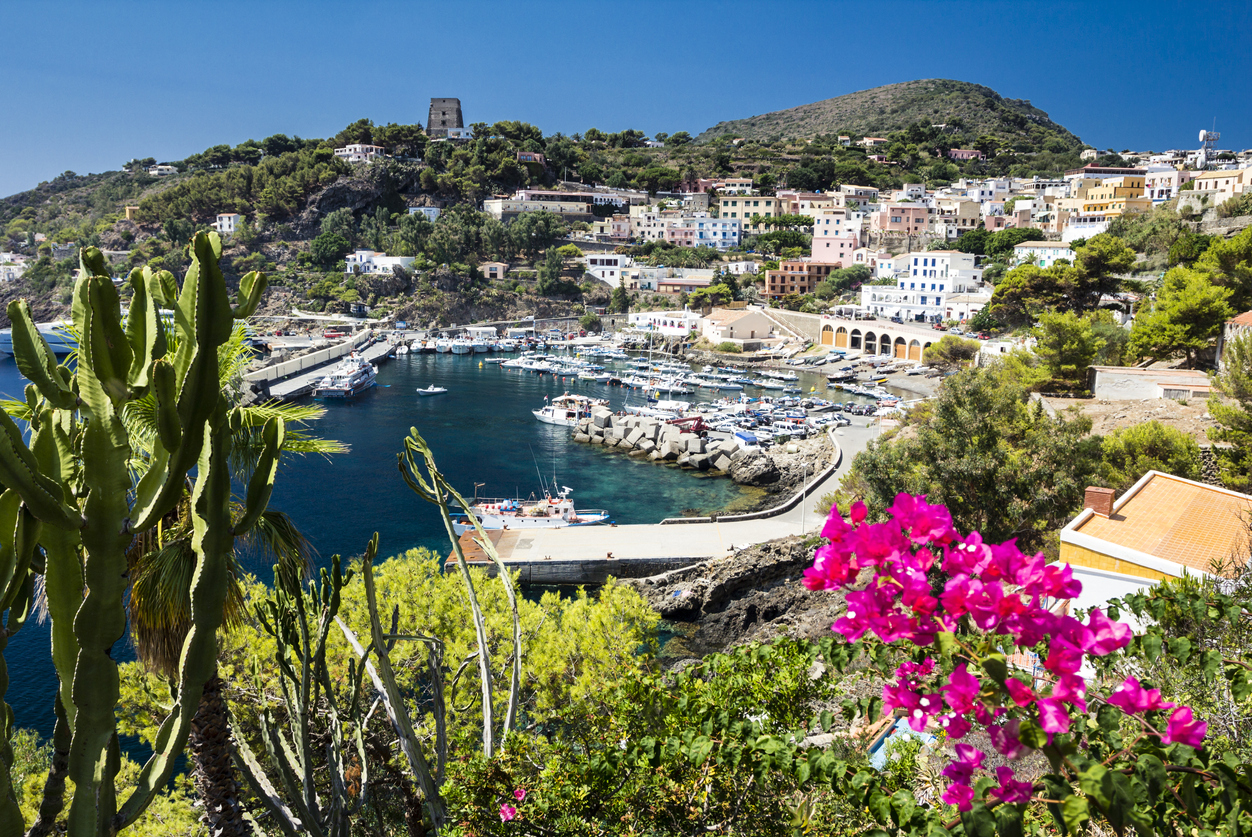 Tenedos
Tenedos
Day Trips From Palermo
For a taste of nature within striking distance of the capital, I recommend the beaches in the town of Cefalù (70 kilometres/43 miles away) and Mondello (just 13 km/eight mi.), as well as, in particular, the small, lovely isle of Ustica, a 90-minute ferry ride and part of a marine reserve. Here amid coastal grottoes, thick vegetation, and a small, picturesque town of the same name (above), its lovely to wander on land, snorkel/dive its offshore coral reefs, and swim in its coves, natural pools, and beneath stalactites in its atmospheric Grotta Azzura (Blue Grotto).
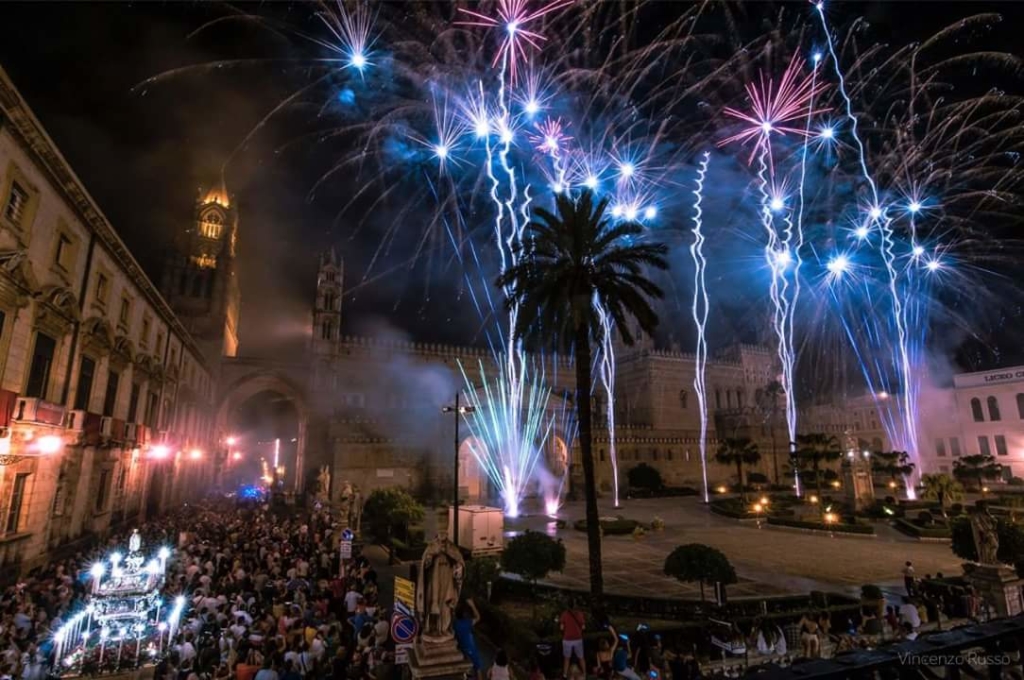 V. Russo/Visit Sicily
V. Russo/Visit Sicily
I’ll leave you with one last suggestion: see if you can coordinate your visit to coincide with one of Palermo’s wonderful annual festivals, both religious and cultural. I’m thinking in particular of the Festino di Santa Rosalia between 10 and 15 July, centred on a great street procession bearing the float of the eponymous saint’s ten-metre high (33-foot) statue from the cathedral to the lawn called the Foro Italico; it’s accompanied of course by all manner of celebrations, partying, and another chance to sample local goodies like spaghetti or buccatini with sardines, babbalucci (snails stewed with tomatoes and garlic), and the Sicilian thick-crust version of pizza known here as sfincione.
More info: VisitSicily.info, Sicilia-by-Divino.com, SicilianDays.com, WondersofSicily.com.

